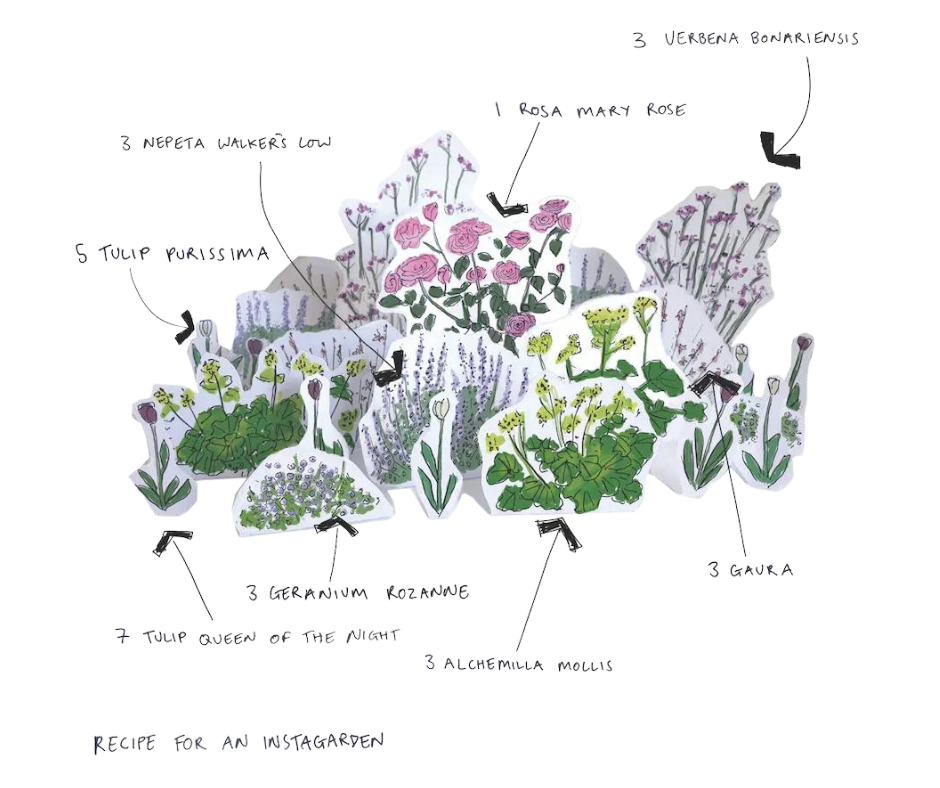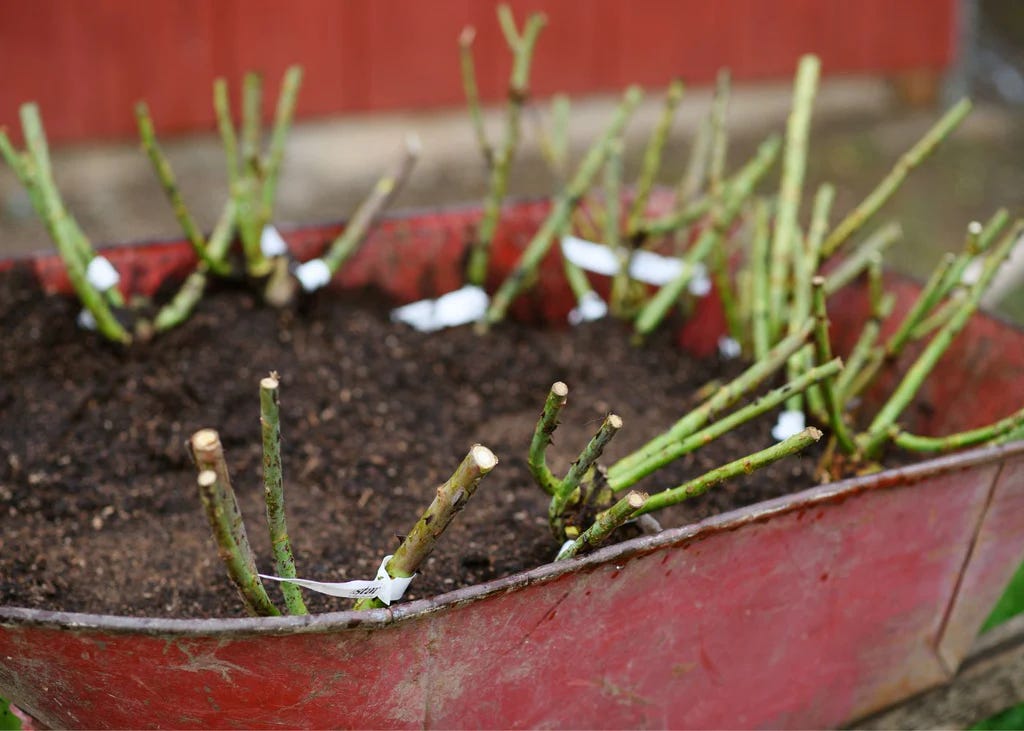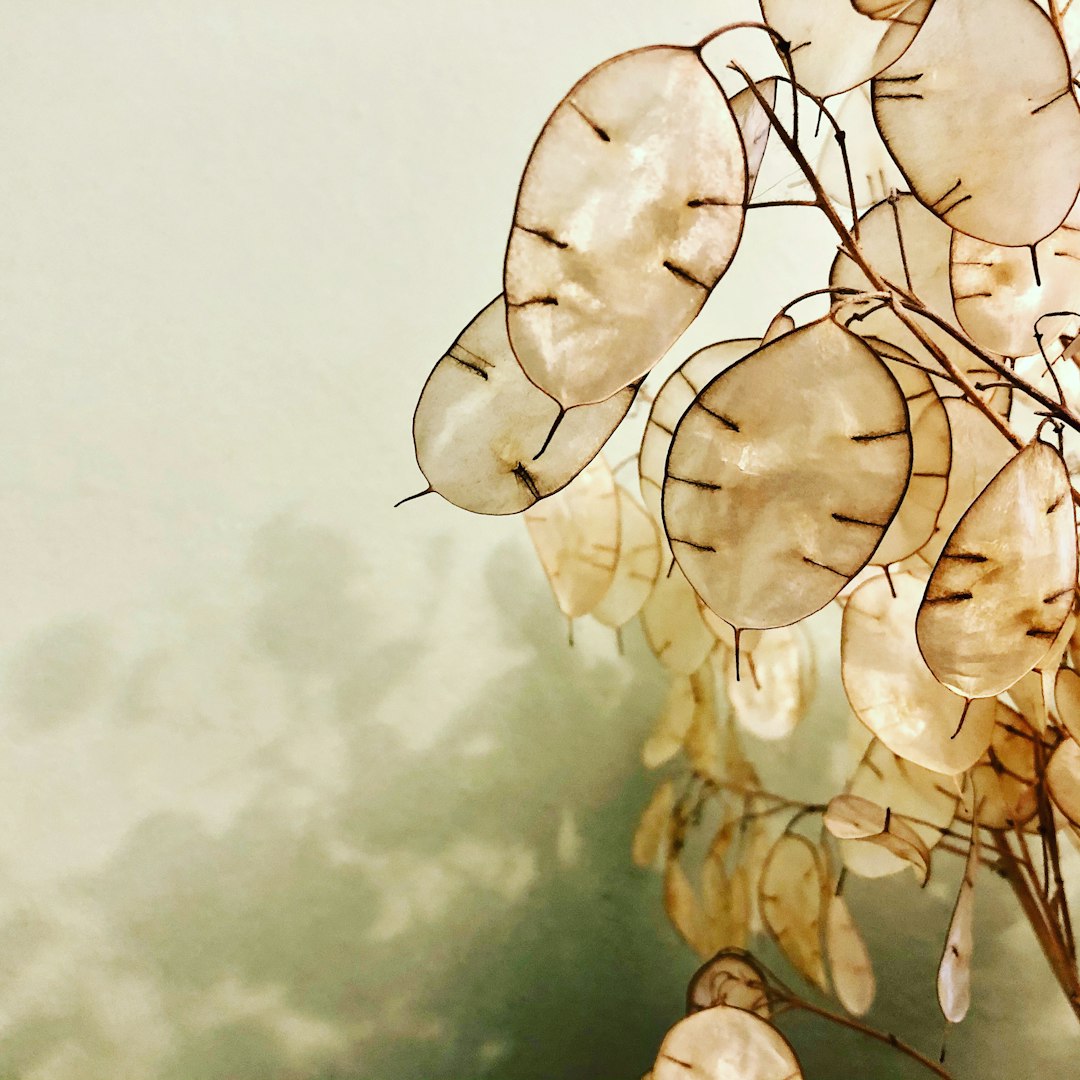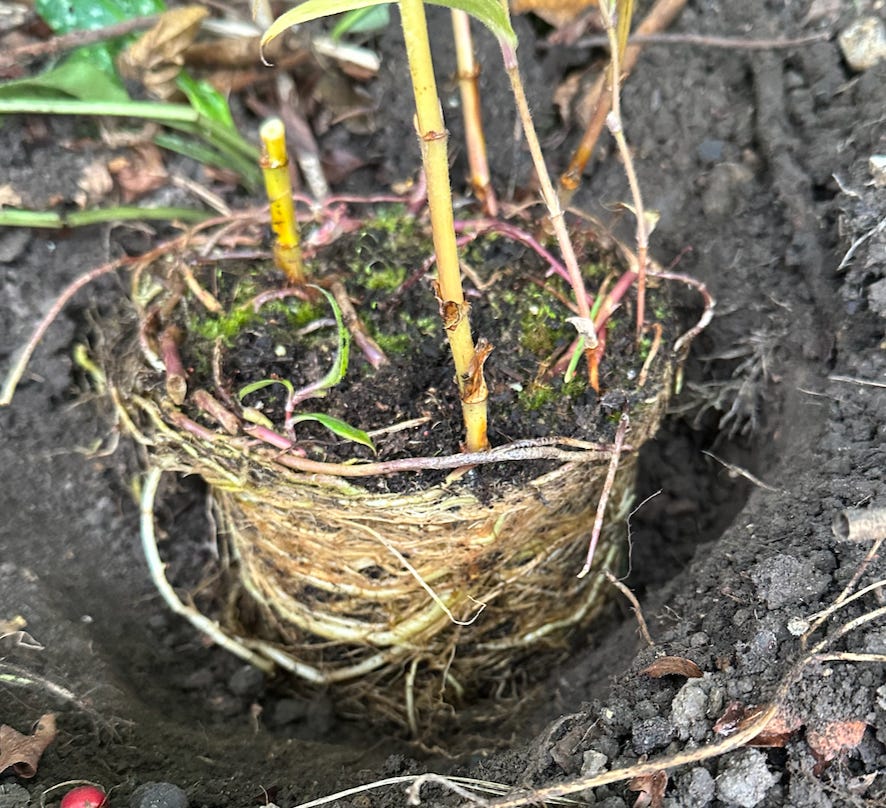How to Garden - a foolproof recipe for a flowerbed
Headache-free ways to bring colour easily and quickly into your planting combinations
This week, for those of you who have joined us on your gardening journey and are here to become more familiar with the basics, I’m sure you’re itching to do something.
So here a couple of easy instant flowerbed recipes for you.
A very, very Happy New Year to you, and here’s to some very, very happy garden days in this 2024
There are definitely no resolutions here - see this Chat - though I’m thinking that some of you might be wanting to get out into the garden. If you’re reading this in the UK, however, you yourself might be wondering when on earth you’re going to be able to get out there without three layers of thermals and at least two waterproofs on. But let’s not get downhearted, let’s turn the whole thing round and declare that that’s the great thing about winter and gardening: that if it really is too revolting out there, we can stay inside, snuggled up by the fire/radiator/warm dog, and do some planning instead. Check out inspirational books, pore over the rose catalogues, look at plant suppliers’ websites, all in a very laid-back way rather than thinking that there’s a whole lot of stuff that we absolutely must do. Let’s continue to garden gently, garden kindly, in a way that makes us feel good. Let’s congratulate ourselves on what we’ve learned and achieved - and if you’ve still got lots of things on your Gardening To Do list, why not view it as a list of excellent pastimes, rather than a boring old list of things that just need be got through? A Gardening To Enjoy list, if you will.
Reading your messages on Chat and Notes, I realise that The Gardening Mind community is a truly wide-ranging one, not just geographically, but also in terms of interest and experience. We’re made up of readers new to gardens as well as people who have gardened pretty much forever, professionals, amateurs, second-careerers and people who are thinking about dipping a toe or two in. I absolutely love how you’re all so supportive of each other - thank you, and long may it continue.
This week, for those of you who have joined us on your gardening journey and are here to become more familiar with the basics, I’m sure you’re itching to do something. So I’m delivering a couple of instant flowerbed recipes to you. As ever, there’s something for everyone, and just because they’re easy, it doesn’t mean that they should be ignored. Think of the perfect roast chicken or the foolproof pasta with tomato sauce recipe that students are sent off to university with. The simple ones are sometimes the best.
On this note, next week I’m going to be looking at one of the two books that first lured me into the world of gardening - I think some of you will know it, and if you don’t, I’d urge a winter dip into it. And we’ve also got two winners of the book giveaway. Plus, the next in the series of my top romantic plants will be revealed - real bodice-rippers1 of plants. Remember, if you’re new to The Gardening Mind, and you’re wondering where on earth to start with it all and how to find everything, do go and have a poke-around here.
So let’s get back to basics
Previously, you’ve got your head around soil, compost and a pot of herbs here:
You’ve looked at how to sow seeds, and the essential utensils of a garden toolbox here:
We’ve had lots of talking and thinking, and I’m sure you’re itching to start planning. If you are, have a look at the Small Garden Design series - I’d urge you to look at this before leaping into a flowerbed. But if you’ve already got a flowerbed sitting there, waiting to be zhoozed up, or if you really really can’t wait and you just want to DO something, here are some foolproof recipes.
The Instagarden - a foolproof planting recipe
Where to start with a flowerbed? I came up with this first planting recipe for Rhubarb Rhubarb, a correspondence with a non-gardening friend about ways to create an instant garden easily. I use the word ‘instant’ with caution though, as unless you’re shoving already-flowering plants to make instant pot displays, the joy of gardening is that things take a while to grow. Watching them grow, change and flower and change again, is all part of that pleasure, which may seem boring when you’re starting out, impatiently waiting for something, anything to happen, but which becomes part of that great big cycle of hope, expectancy and care that we pour into growing plants.

Take one rose which will repeat:1 x Rosa ‘Mary Rose’.
At her feet, put catmint: 3 x Nepeta ‘Walker’s Low’ and
3 x Geranium ‘Rozanne’, for colour May-September.You need a bit of an acid-green zing now to stop the mauves being too wishy-washy: 3 x Alchemilla mollis. This Lady’s mantle will appear everywhere in your garden once you introduce it, but who’s complaining at a free plant?
Pop in the bulbs at the afore-mentioned appropriate time: 5 x Tulipa ‘Purissima’ and 7 x Tulipa ‘Queen of the Night’
We need a little more late Summer interest: 3 x Verbena bonariensis
and 3 x Gaura lindheimeri2
“Apart from the rose, which you need to deadhead in order to keep the blooms coming, you need do little else apart from chop things back when they look untidy. Bob’s your uncle and Fanny is possibly your aunt - an instant instagarden, which will look good next year too.” Rhubarb Rhubarb
It really is as easy as that. A shrub - the rose - for structure, perennials - plants which grow back every year - and bulbs for joyful colour through the year. I’m leaving out annuals for the moment: some of them, such as cornflowers and marigolds, are super-easy and you can apply the same method I used for the salad leaf mix here, but some such as cosmos and zinnias can require a bit more effort, a bit more of a shortcrust pastry situation where you’ve got to get certain things just right, so they’re for another time in this How to Garden series.
Let’s now take a look at another planting recipe, just as easy as the romantic pinks and violets above, but which packs a bit more of a punch in terms of colour:
A plant recipe for a sunny spot, which may or may not be in a bit of shade for part of the day
We’ll be looking in the future at shady/sunny situations, along with the whole Right Plant Right Place approach, but this recipe is another fairly foolproof collection. You’ll also see terms such as ‘deadheading’ and ‘flowering shrubs’ - again, panic not, we’ll be coming to these in time. You’ll learn by doing, I promise.
The quantities you use will depend on the size of the bed or border you’re looking at - I’ve used mainly three of each plant and I wouldn’t recommend going any lower than this number, as things can start to look a bit like a pizza with all your favourite toppings piled on. If you’ve ever stood in a garden nursery with a trolleyful of goodies and then got them home to realise that it all looks a bit rubbish, it will be possibly due to the fact that you’ve bought ONE of every plant you liked back at the shop, rather than three of a few plants you like. So hopefully you’ll have space, otherwise perhaps lose a few of them - and also do bear in mind that these won’t all flower exactly at the same time so there probably will be more space than you think. Please do share your plant-shopping tips here - I’m sure many of you have something to say!
Let’s use roses again as our structure - if you’re not a rose fan, I will continue to try to persuade you. (If you aren’t able to grow them if your soil just doesn’t like roses and vice versa, I’ll be suggesting other shrubs another time. Peonies, hydrangeas, weigelas - these all sound a bit complicated but I promise you they will all become great friends of yours.)
Remember, apart from the roses which can be planted right now, you’re really planning and making lists rather than actual planting, so you don’t need to worry about how to actually plant the plants. What I would say for now is, there are many things wrong with this photo below, and in another session, along with showing you how to place these plants, I’ll be explaining what is so wrong with this:
Bare-root rose planting time is now, so that’s one thing you can be actually ordering. These bare-root plants, naked of soil and therefore cheaper than containerised versions, are still asleep, so they don’t mind being transported in their birthday suits. Get them planted as soon as they arrive, or if you haven’t got time to do this just yet, ‘heel them in’ instead. This means digging a temporary hole, or using a container, and covering the bare roots with a blanket of soil. The hole doesn’t need to be deep, or vertical - think of it as tucking the rose roots into bed.

OK, so enough of the preamble. Let’s get going.








